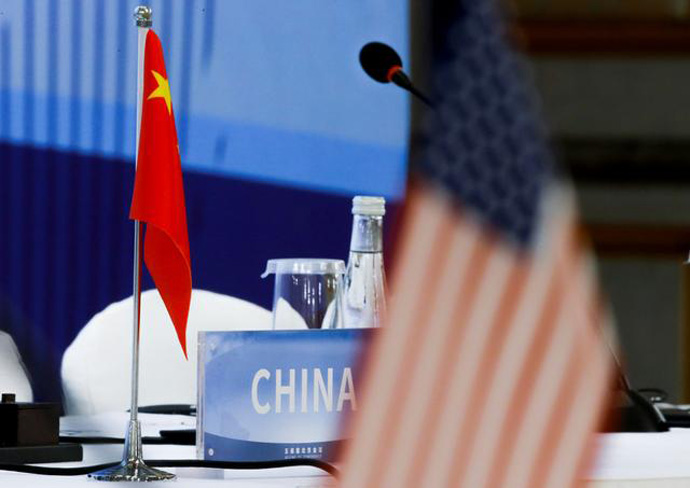
In 2020, China-U.S. relations may continue on a downward trend and hit rock bottom in another three to five years. This is pessimistic, but it’s essential to take a long-term view of relations because they have a complicated history. There was a time when the countries were isolated from each other. But there was also a time when they fought together — in World War II. They went to war on the Korean peninsula and then were locked in a long-term standoff during the Cold War. The past four decades since the normalization of relations have provided many inspirations.
The main factors that affect China-U.S. relations are the goals and vital interests of each country. That is why in studying the relationship we put so much weight on their shared interests. For major countries like China and the United States, what is important is their view of the future. Relations tend to be more amiable when they see eye to eye with each other. When they fail to do so, problems may multiply.
Meanwhile, the relationship doesn’t involve the two countries only; it is influenced by multilateral relations as well, because the bilateral relationship has a big impact on the whole world. Developments in the relationship are not determined by the two countries alone but by various factors globally.
The crux of the current problems is the perceived power gap. In the eyes of the Chinese public, the country still lags far behind the United States in its comprehensive national strength. But it’s not the same story for risk-conscious Americans. As their country has been moving upward continuously since its birth, Americans now worry about decline. By contrast, China has experienced the downhill road in much of its history. Now, Chinese people often talk about national rejuvenation, because we have already suffered declines in national power. In this sense, we must be more broad-minded in relations with the United States.
As the gap between China and America narrows, there have emerged points of competition on various fronts, and this has generated fear in America in ways never seen before.
In particular, there is a fear that China will challenge U.S. global leadership. On the other hand, the Chinese fear that the U.S. is trying to suppress and contain their country’s development.
Currently, China and the United States are in an age of competition. While it’s dangerous to underestimate the risks that may arise from such competition, there may be an even bigger price to pay for overestimating the risks. China’s experience indicates that overestimation often leads to greater costs and deprives people of many opportunities.
From the perspective of history, three principles stand out for dealing with China-U.S. relations:
First, given their significant differences, China and the U.S. must increase mutual understanding, especially when mired in conflicts. At present, the priority is to prevent the escalation of tensions and confrontation, and each side must leave itself room to maneuver. There have been numerous crises happening in the past and, except for the Korean War, the two managed to avoid extreme measures. This is an important lesson.
Second, to some extent, China and the U.S. actually learn more about each other through confrontation or rivalry. What’s most important is to gauge each other’s real strengths. How powerful is China? This is what both China and America need to know. And only when they test the limits of each other’s strength can they overcome mutual fear.
In the 1950s, for example, China worried about an American invasion, while the U.S. feared Beijing’s expansion of communism in Southeast Asia. In the late 1960s, however, the Chinese saw the failure of the U.S. in the Vietnam War and Americans saw China thrown into chaos by the so-called cultural revolution. Then they came to know each other’s strengths and thought it was time to establish mutual trust. So they may need some time to wrestle before they can know whether to seriously consider any decoupling.
For China, it is important to expound more clearly our ideas and actions as to avoid misunderstanding. Take the Belt and Road Initiative as an example. I think it is inspired from China’s experience in rural development. That is, one must first build roads before one can get rich. Similarly, less-developed countries should look to infrastructure construction first, as a foundation for further development. In the eyes of Americans, however, China is using the initiative to seek global dominance. This example illustrates how big the gap in their perceptions can be.
Third, China must learn to put itself in others’ shoes. The impact on the world brought by China’s development is not just the result of its system but to a large extent its huge size. If China were a small country, its political and economic system may not matter much to the world. But given the sheer scale, we must take into account the enormous implications it carries for the outside world.
The decisive factor shaping China-U.S. relations is China’s reform. In the 20th century, America became the world’s only superpower against a special historical background that cannot be replicated in the future. The future world will be a multipolar one in which nations will need to cooperate while also having competition.
